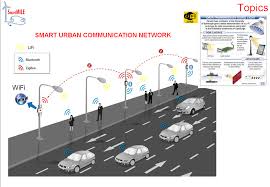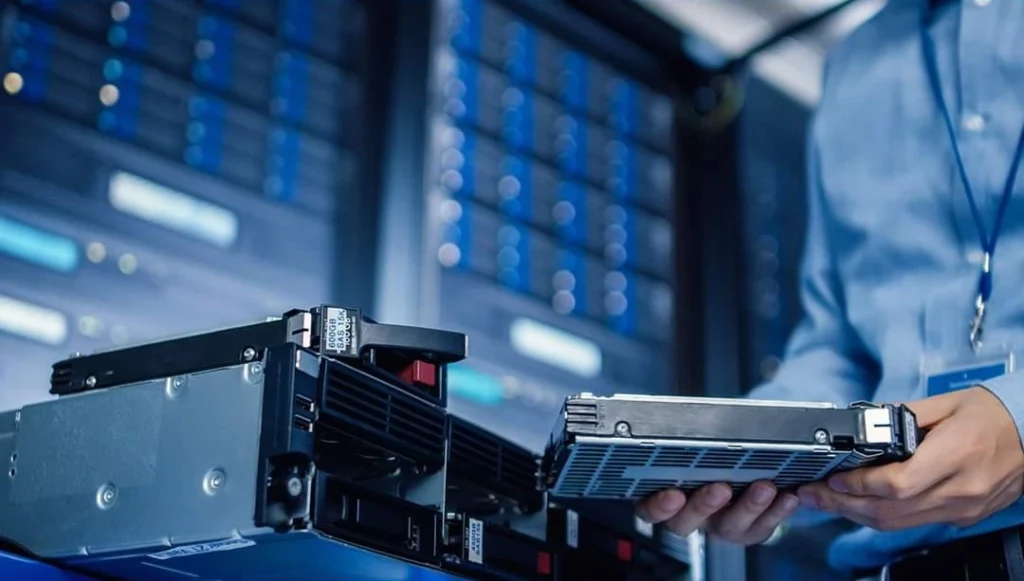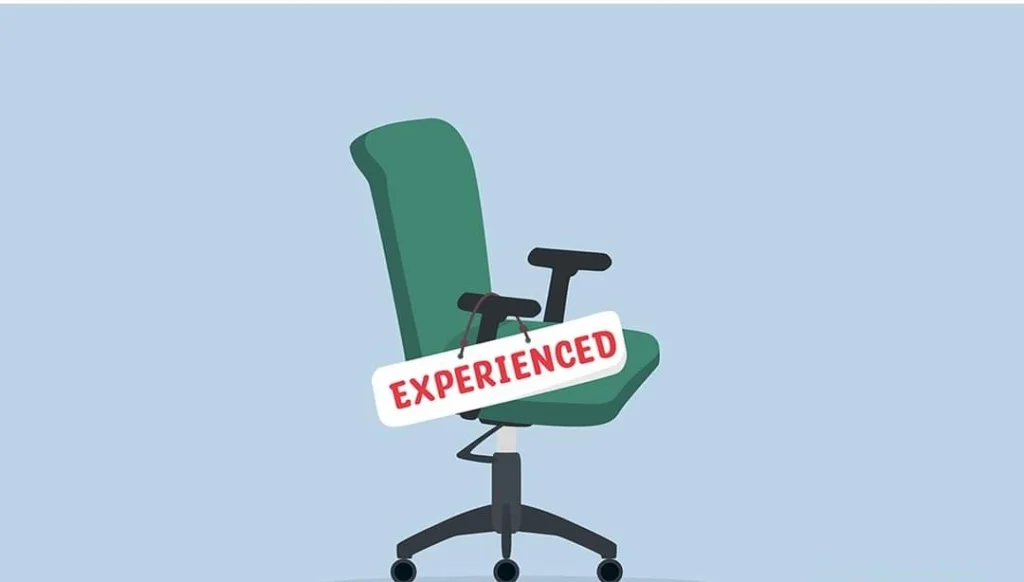The days of great popularity of Wi-Fi are coming to an end. Imagine if this is the case, downloading your most favorite movie, which is 4GB in length, will take just a few seconds. Not going anywhere again. If you stand under an electric lamp, the movie will be downloaded!
You must be thinking, is this possible again? But it\’s true. It will be like this from now on. Through Li-Fi 4-5 GB games, movies will be downloaded in the blink of an eye!
The whole word of Li-Fi is Light Fidelity. In 2011, Harold Hass, a German-born scientist at the University of Edinburgh in Scotland, invented the first \’Li-Fi\’ technology. In this technology, information can be exchanged through light. It uses visible light waves as a communication medium. Whereas Wi-Fi uses invisible radio waves.
This technology may be most useful for high-speed wireless communication in a restricted area. It offers many advantages over Wi-Fi technology such as higher bandwidth, ease of use, efficiency and security.
Information can be exchanged from street lights to self-driving car headlights using Li-Fi technology. Since the speed of light is very fast, the speed of data exchange in this system is also very fast. This technology can also be used to quickly exchange information from laptops or other devices in a closed room.
Li-Fi can be a revolutionary technology in terms of internet usage at home. In the future, it may be seen that the LED lights used in the home are simultaneously contributing to lighting the house and creating a local network inside the house. Even every electric lamp in the house can be used as a router for Li-Fi technology.
What is Li-Fi technology?
Li-Fi is a technology similar to Wi-Fi. And it will become one of the widely used wireless communication technologies in the future. The key feature of this technology is fully networked, two-way and high-speed wireless connection.
Nowadays the most trending domain of wireless communication is Wi-Fi and every year the number of internet users is also increasing through it. And more than that, Li-Fi has come to get higher speed, efficiency, bandwidth.
With this technology, data can be easily exchanged between computers, laptops, and even cell phones using LED lights.
Data transmission range in Li-Fi is 100 times faster than Wi-Fi. This technology can transmit data up to about 224 gigabytes per second, while Wi-Fi has a maximum speed of about 600 megabytes per second.
But this technology also has a limitation. Because light cannot penetrate any wall. As a result, the customer will be disconnected from the internet once they leave the room where the Li-Fi network is located. However, not considering it as a limitation of Li-Fi, many people think of it as an advantage.
Because of this, data transmitted through light will be much safer, since its signal will be confined to confined spaces. After stealing the password, no one else can use it.
Block diagram of Li-Fi system.
A Li-Fi system basically consists of two parts, the transmitter and the receiver. The input signal in the transmitter section can be modulated with the specified time then transmits the data using LED bulbs in the form of 0\’s and 1\’s. Here the LED bulb flashes are denoted with 0 and 1. At the receiver end a photodiode is used to receive the LED flashes which amplifies and outputs the signal.
At the receiver end there is a photodiode as well as an amplifier. Here, photodiodes receive the LED bulb flashes and convert them into electrical signals. Finally the amplifier receives the signal from the photodiode and gives its more powerful output.
How does Li-Fi work?
Li-Fi is a VLC (Visible Light Communication) system and the speed of this system is very high. Li-Fi transmits data using ordinary LEDs and can reach speeds of up to 224 Gbps. Data transmission in this technology can be done through illumination. Essential devices in this system are bright light emitting diodes.
On/off operation of the LED allows data transmission in binary code form. But the human eye cannot detect it and the bulbs appear static.
Difference between Li-Fi and Wi-Fi.
• The bandwidth of Wi-Fi technology can be expanded in a way that is not possible with Li-Fi
• The speed of Wi-Fi is 150 Mbps while the speed of Li-Fi is 10 Gbps
• Wi-Fi technology has low data density but Li-Fi has high data density
·
• Wi-Fi range is medium and Li-Fi range is low
• The security of Wi-Fi is average but the security of Li-Fi is excellent
• Power availability is less for Wi-Fi and more for Li-Fi
• Environmental damage of Wi-Fi is moderate but it is less in case of Li-Fi
• Wi-Fi cost is moderate but Li-Fi cost is less
• Network topologies of Li-Fi and Wi-Fi technologies are point to point.
Application of Li-Fi technology.
Li-Fi router applications are more promising than Wi-Fi and offer unlimited possibilities for wireless communication, including:
• Traffic management and road safety
• In treatment
• In aviation
• In underwater communication
• Elegant lighting
• Indoor map-reading system for blind people
• In hazardous environments or sensitive areas
• In transportation
• In industrial areas


